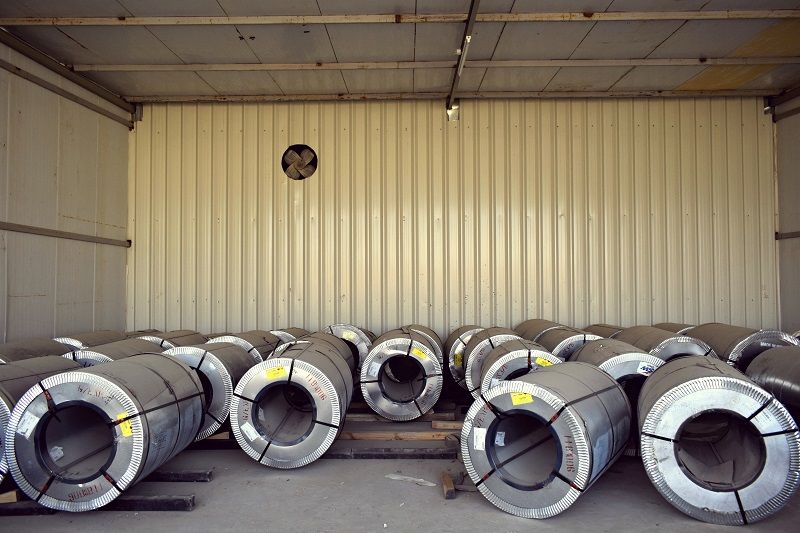Steel is ubiquitous in various applications, from construction and infrastructure to manufacturing and engineering. It is a robust and durable material that can be formed into various shapes and sizes to suit different needs. However, there are different types of steel, each with its own unique properties and production methods.
Two common types of steel are cold-rolled and cold-drawn steel, each with its own distinct characteristics and uses.
Cold Rolled Steel
Cold rolled steel is a type of steel that is processed at room temperature, also known as "cold reduction."
The process involves passing the steel through rollers at room temperature to reduce its thickness and improve its surface finish. Cold rolling produces a smooth, flat surface with tight tolerances and excellent dimensional accuracy. Cold-rolled steel is commonly used in applications requiring a high-quality finish, such as automotive parts, appliances, and consumer goods.
One of the main benefits of cold-rolled steel is its strength. Because the steel is processed at room temperature, it retains its inherent strength and toughness, making it an ideal choice for structural applications such as building frames and bridges. Cold-rolled steel also has a high tensile strength, which means it can withstand significant stress and pressure without deforming or breaking.
Cold-rolled steel is available in various grades and alloys, each with its specific properties and uses. Some common grades of cold rolled steel include commercial steel, drawing steel, and deep drawing steel. Commercial steel is the most common type of cold-rolled steel used in various applications, including automotive parts, construction, and appliances.
Drawing steel is used in applications that require good formability, such as automotive body parts. In contrast, deep drawing steel is used in applications that require high elongation and a uniform surface finish, such as cooking utensils and appliances.
Cold-Drawn Steel
Cold-drawn steel is another type of steel that is processed at room temperature. However, unlike cold-rolled steel, which is flattened through rollers, cold-drawn steel is drawn through a die to reduce its diameter and increase its length. The process involves pulling the steel through the die using a mandrel, which ensures the steel maintains its shape and dimensional accuracy. Cold-drawn steel is known for its excellent surface finish and dimensional accuracy. It has a smooth, polished surface with tight tolerances and uniformity in diameter.
Cold-drawn steel is commonly used in applications that require precise dimensional accuracy, such as shafts, pins, and fasteners. One of the key benefits of cold-drawn steel is its ability to improve the material's mechanical properties. The drawing process aligns the steel grains, improving their strength and ductility. Cold-drawn steel also has a higher yield strength than cold-rolled steel, which makes it more suitable for applications that require high strength and toughness.





 +91 7208055523
+91 7208055523
 Help & support
Help & support
